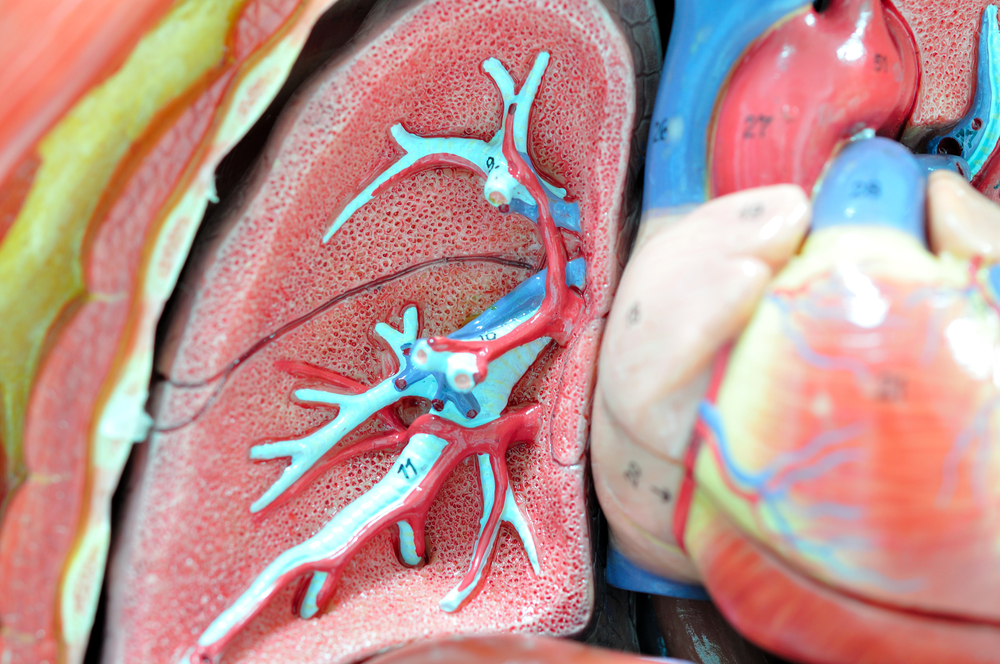 Results from a recent study conducted by researchers at the Perelman School of Medicine at the University of Pennsylvania and Duke University show that lung tissue can be restored following injury. In the study published in the journal Nature Communications, the team found that lung tissue has more dexterity in repairing tissue than previously known.
Results from a recent study conducted by researchers at the Perelman School of Medicine at the University of Pennsylvania and Duke University show that lung tissue can be restored following injury. In the study published in the journal Nature Communications, the team found that lung tissue has more dexterity in repairing tissue than previously known.
“It’s as if the lung cells can regenerate from one another as needed to repair missing tissue, suggesting that there is much more flexibility in the system than we have previously appreciated,” said co-senior authors Jon Epstein, MD, chair of the department of Cell and Developmental Biology. “These aren’t classic stem cells that we see regenerating the lung. They are mature lung cells that awaken in response to injury. We want to learn how the lung regenerates so that we can stimulate the process in situations where it is insufficient, such as in patients with COPD [chronic obstructive pulmonary disease].”
According to the study, the two airway cell types in the alveoli, the part of the lung responsible for gas exchanging, have different functions, however, they can mutate into each other if under the right circumstances.
The type 1 cells are responsible for the exchange for carbon dioxide and oxygen, where the type 2 cells are responsible for secreting surfactant, a substance that keeps the airways open. Babies who are born prematurely are treated with surfactant to help them breathe.
[adrotate group=”3″]
In mouse models, the researchers found that the two cell types are originated in the embryo from a mutual precursor stem cell. To examine the plasticity of the two cell types during lung regrowth, the researchers used other mouse models, and removed a lung part and single cell culture. They found that type 1 cells and type 2 cells are able to give rise to each other.
In a previous study, the researchers at Duke found that Type 2 cells generate surfactant and work as progenitors in mice, showing differentiation into gas-exchanging Type 1 cells.
“We decided to test that hypothesis about Type 1 cells,” said co-first author Rajan Jain, MD, a cardiologist and instructor in the Department of Medicine “We found that Type 1 cells give rise to the Type 2 cells over about three weeks in various models of regeneration. We saw new cells growing back into these new areas of the lung. It’s as if the lung knows it has to grow back and can call into action some Type 1 cells to help in that process.”
This new study shows that specific cell types believed to be at the end of their capacity to differentiate can regress to an earlier state in specific conditions. These findings were derived not by utilizing a particular transcription factor formula, but by stimulating damage to tell the body to heal itself and that it needs new specific cells to repair.
The researchers are using the findings from this study to study skin and intestinal cells, in order to understand the maintenance and differentiation of stem cells to relate back to analogous mechanisms in the heart. The team hopes to apply this information to other lung conditions, including idiopathic pulmonary fibrosis and acute respiratory distress syndrome. “We want to know if we can, and how, to make new lung cells as work-arounds for diseased alveoli cells,” said Jain.

